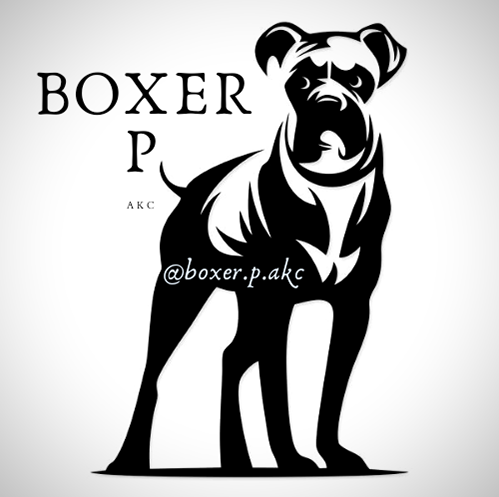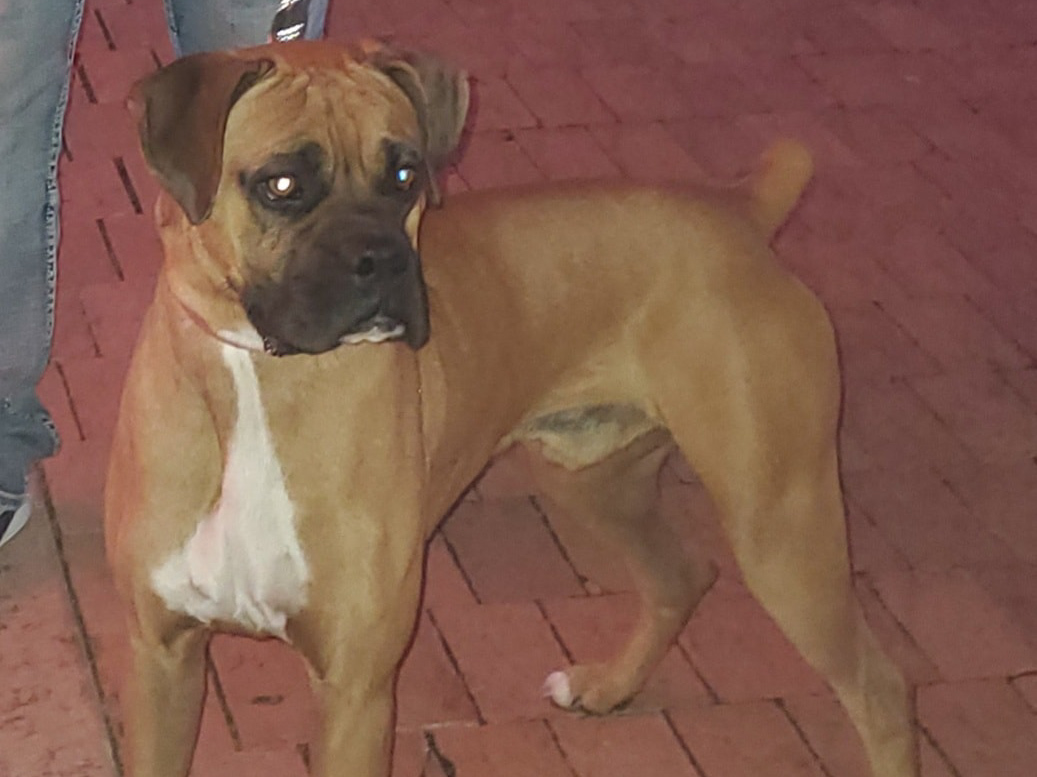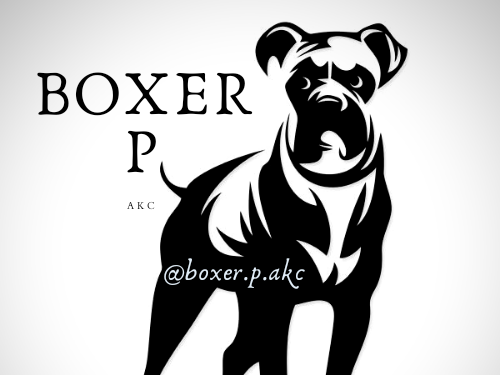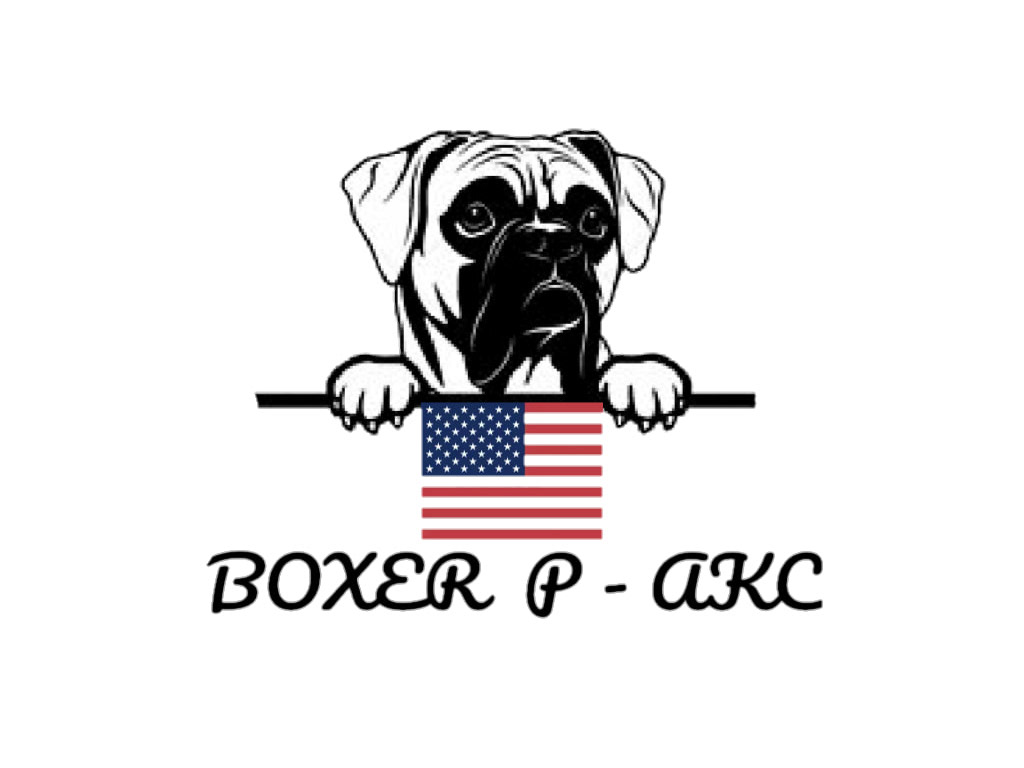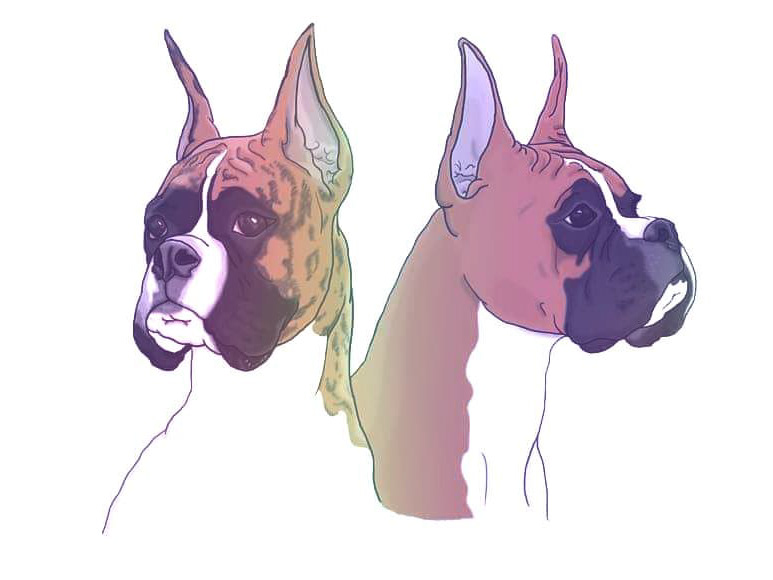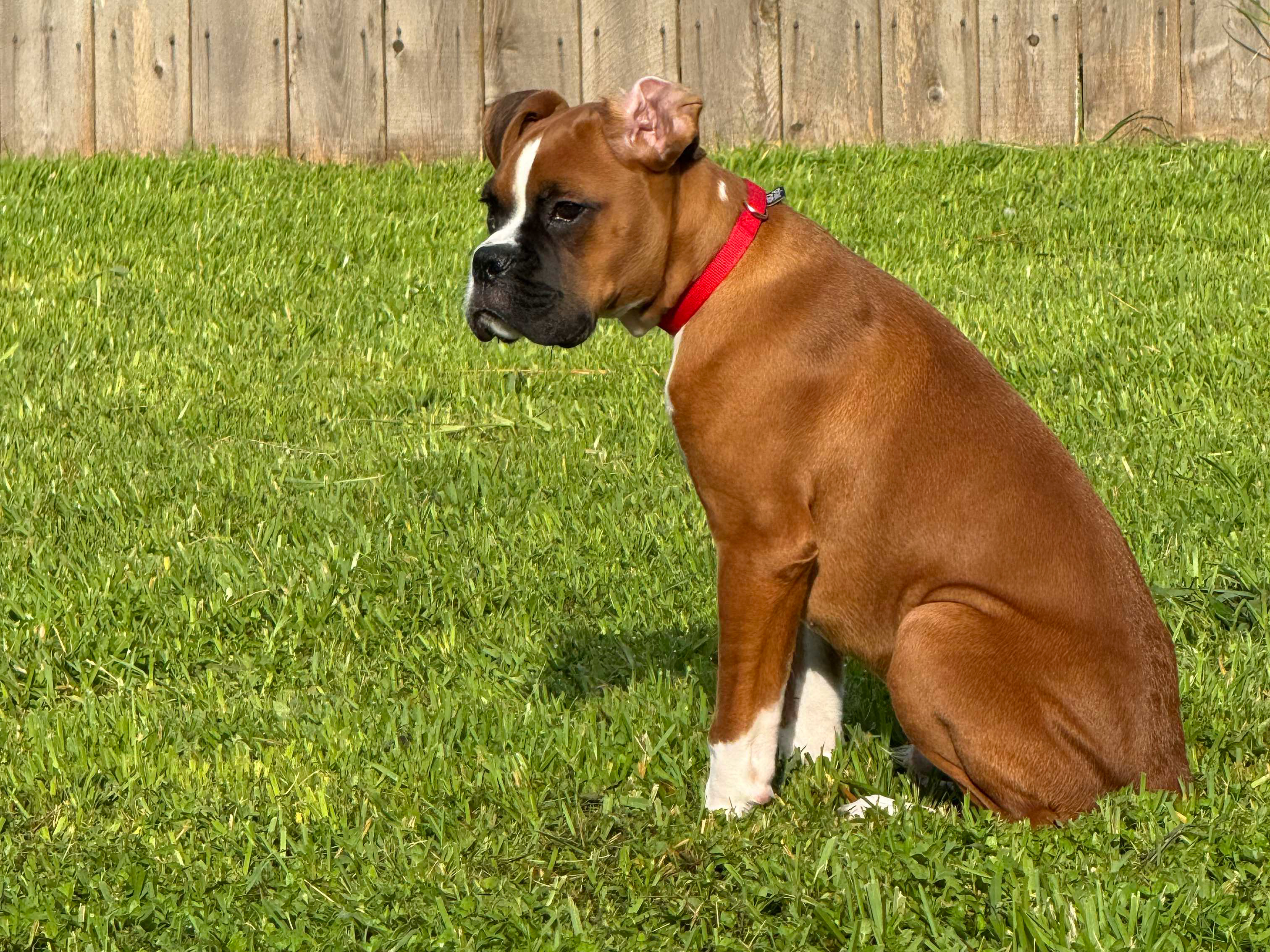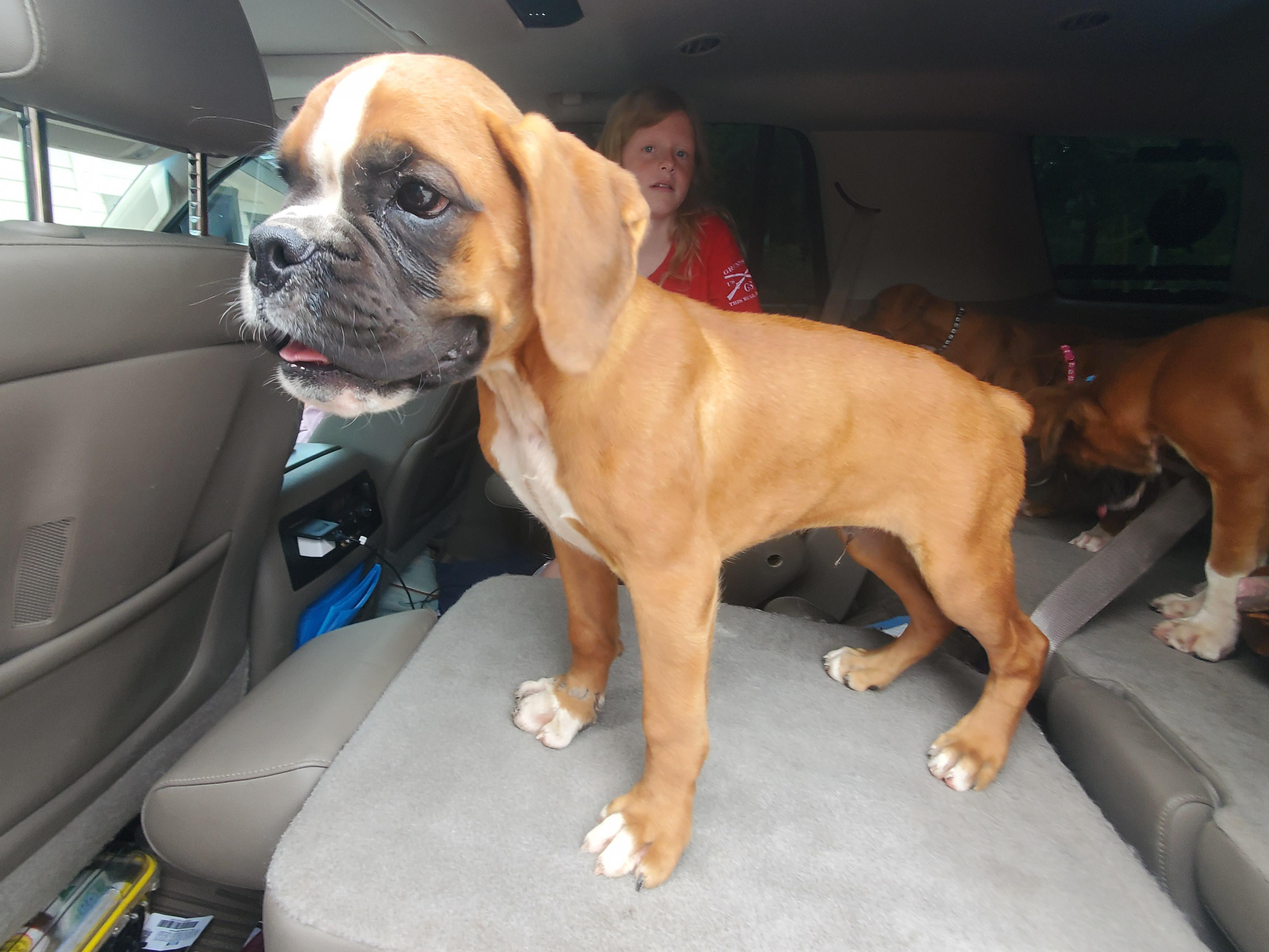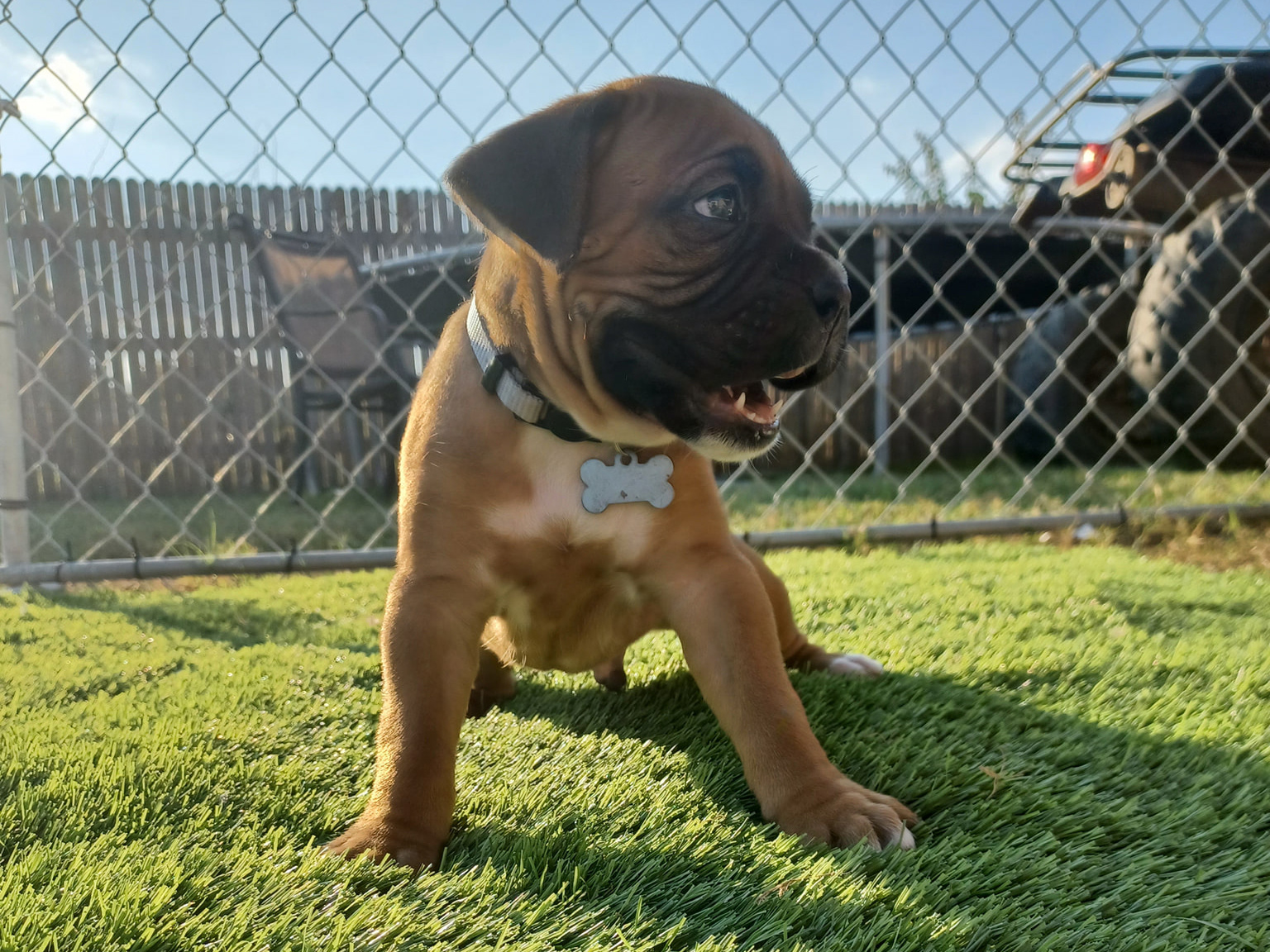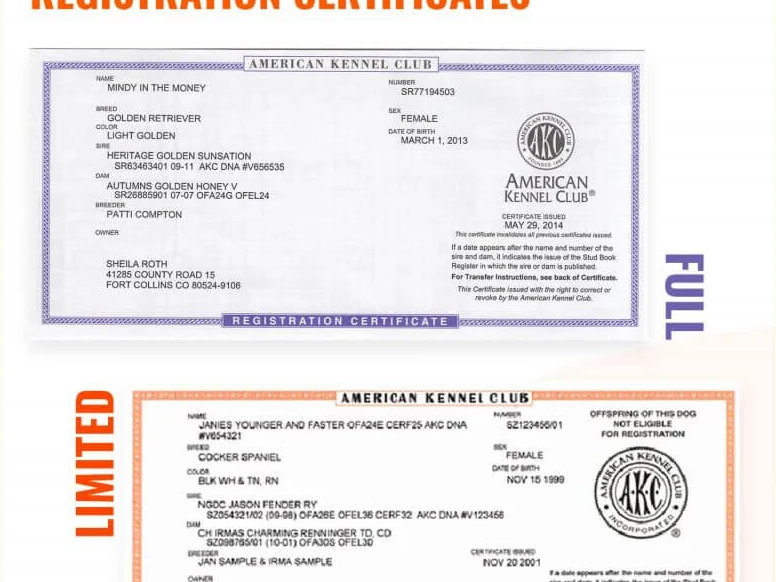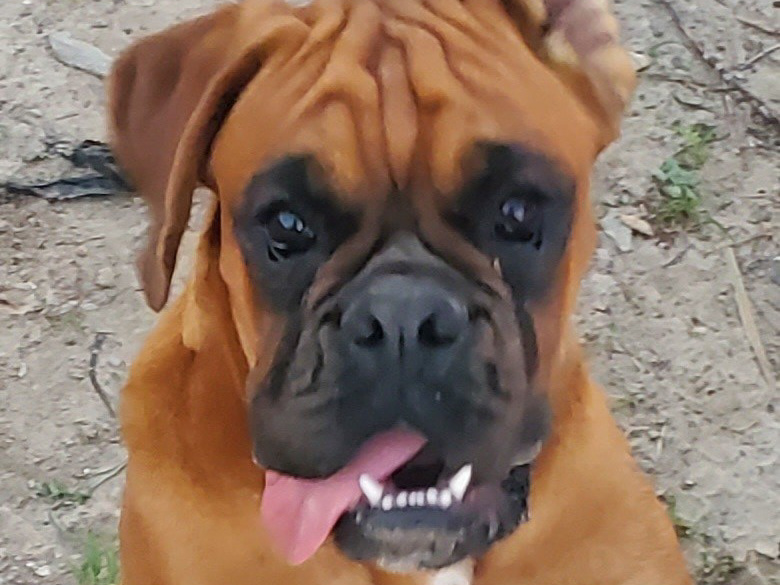6 Common Illnesses to Watch for in Puppies
Your puppy is brand new and you want to protect him. The best thing you can do is to feed him a healthy, balanced diet, says Dr. Jim Dobies, a veterinarian with South Point Pet Hospital in Charlotte, N.C., and a member of the North Carolina Veterinary Medical Association.
“If you do, you’re giving your puppy’s immune system the best chance to fight off infection, he says. “He is in better shape to fight off illness and recover.”
But you can’t protect your baby pooch from everything. Here are six common illnesses he could catch in his first year of life.
1. Parvovirus (Parvo)
This highly contagious canine illness attacks puppies aged between 12 weeks and up to 3 years. Transmitted through bodily secretions and unvaccinated dogs, canine
parvovirus is easily passed on, though most dogs are vaccinated against it starting at six to eight weeks, then again every three weeks until they are four months old (or until your veterinarian recommends).
Symptoms: A CPV infection (parvo) in dogs starts with a fever, and at this point puppies are probably very contagious (to other dogs, not humans). “After a few days, they will experience vomiting and bloody diarrhea and become dehydrated and weak,” says Dr. Dobies.
Treatment:
Vaccinate against parvovirus! If you haven’t, hospitalization is the best route, where your puppy will be given IV fluids and sometimes antibiotics to prevent sepsis, which can be fatal.
Recovery time: Three to seven days. Puppies with parvo are usually hospitalized for three to four days then go home with medications.
2. Distemper
The vaccination against canine
distemper virus is quite effective. The first vaccination takes place at six to eight weeks, and again after 9 weeks, “and when puppies have had one or two vaccines they are immune,” says Dr. Dobies. Consult your veterinarian for the best course of action for your dog concerning the distemper vaccine.
Symptoms: “This can really be an ugly disease,” he says. It shows in two ways: Initially distemper in dogs typically appears as an upper respiratory disease with sneezing and eye discharge. Then it can develop into pneumonia or can lead to neurological problems such as a fatal
encephalopathy (brain damage).
Distemper in dogs is frequently misdiagnosed because owners think their puppy has a cold “so by the time we see them they have tons of discharge from their nose and eyes and have high fever. They are also depressed,” Dr. Dobies says.
Treatment: Seek medical attention for distemper in dogs. This usually involves inpatient supportive care.
Recovery time: It can take weeks to recover from canine distemper and pets usually go home from the hospital with respiratory medications.
The bad news about canine distemper is if your puppy survives it, the disease can lie dormant and break out again when she’s older. At that point she has an even worse prognosis because the disease can lead to neurological problems such as
seizures.
3. Kennel Cough
Bacterial infection or canine
parainfluenza viruses, both of which are airborne, cause
kennel cough in dogs — also known as infectious tracheobronchitis. “The disease name is a misnomer,” says Dr. Dobies, “because animals that aren’t in kennels can —and do — contract it.” Puppies can be vaccinated against kennel cough starting at six to eight weeks, and then every six to 12 months after that, though the vaccine doesn’t necessarily protect against the disease, but does lead to milder symptoms.
Symptoms: Kennel cough starts with lethargy, decreased appetite and fever, then puppies develop a deep, often productive, cough. If untreated, kennel cough can lead to pneumonia.
Treatment: If you note any unusual coughing from your puppy “…it’s best to get him checked out to make sure he’s not developing pneumonia,” says Dr. Dobies.
Recovery time: Kennel cough usually runs its course in 10 to 14 days.
4. Adenovirus
Adenovirus in dogs causes infectious canine hepatitis, but Dr. Dobies says it’s rarely seen these days because of the efficacy of vaccines. Often the adenovirus vaccine is given with the canine distemper vaccine, though you may want to ask your veterinarian about
canine adenovirus type-1 and canine adenovirus type-2.
Symptoms: It’s really difficult to know if your dog has adenovirus, but it typically starts with gastrointestinal problems like vomiting and diarrhea and can develop into
jaundice.
Treatment: Inpatient fluid therapy and nutritional support may be required. Your doctor will prescribe antibiotics and/or fluid reducers as necessary.
5. Leptospirosis
This bacterial disease can affect the kidneys and the liver and is transmitted through contaminated water and infected urine. Your puppy can be vaccinated against
leptospirosis at 10 to 12 weeks, then again at 13 to 15 weeks. Be aware that not all clinics vaccinate for leptospirosis, so ask your veterinarian if it's appropriate for your puppy.
Symptoms: Symptoms of leptospirosis are flu-like: Vomiting and/or fever and/or lethargy, but they’re very vague to being with, says Dr. Dobies.
Treatment: Antibiotics
Recovery time: Depending on the severity of the infection, an antibiotic course can last four weeks or more.
6. Vomiting (and Diarrhea)
If your puppy’s suffering from either of these nasties, the first thing to rule out is
intestinal parasites. If these are not the cause vomiting/diarrhea, your pooch has probably just eaten or licked something he shouldn’t have. “Nine times out of 10 what they’ve consumed comes back out again,” says Dr. Dobies. Other causes could be one of the diseases listed above.
Treatment: Continue to offer water, and provide food if your puppy asks for it but that’s less essential than keeping them hydrated. After 12 hours (vomiting) or 24 hours (diarrhea), take your dog to your veterinarian if he’s not getting better. Your veterinarian can provide you with a therapeutic bland diet to help your puppy feel better.
Recovery time: Your puppy should recover from vomiting or diarrhea that is not related to a parasite within 12 to 24 hours.
